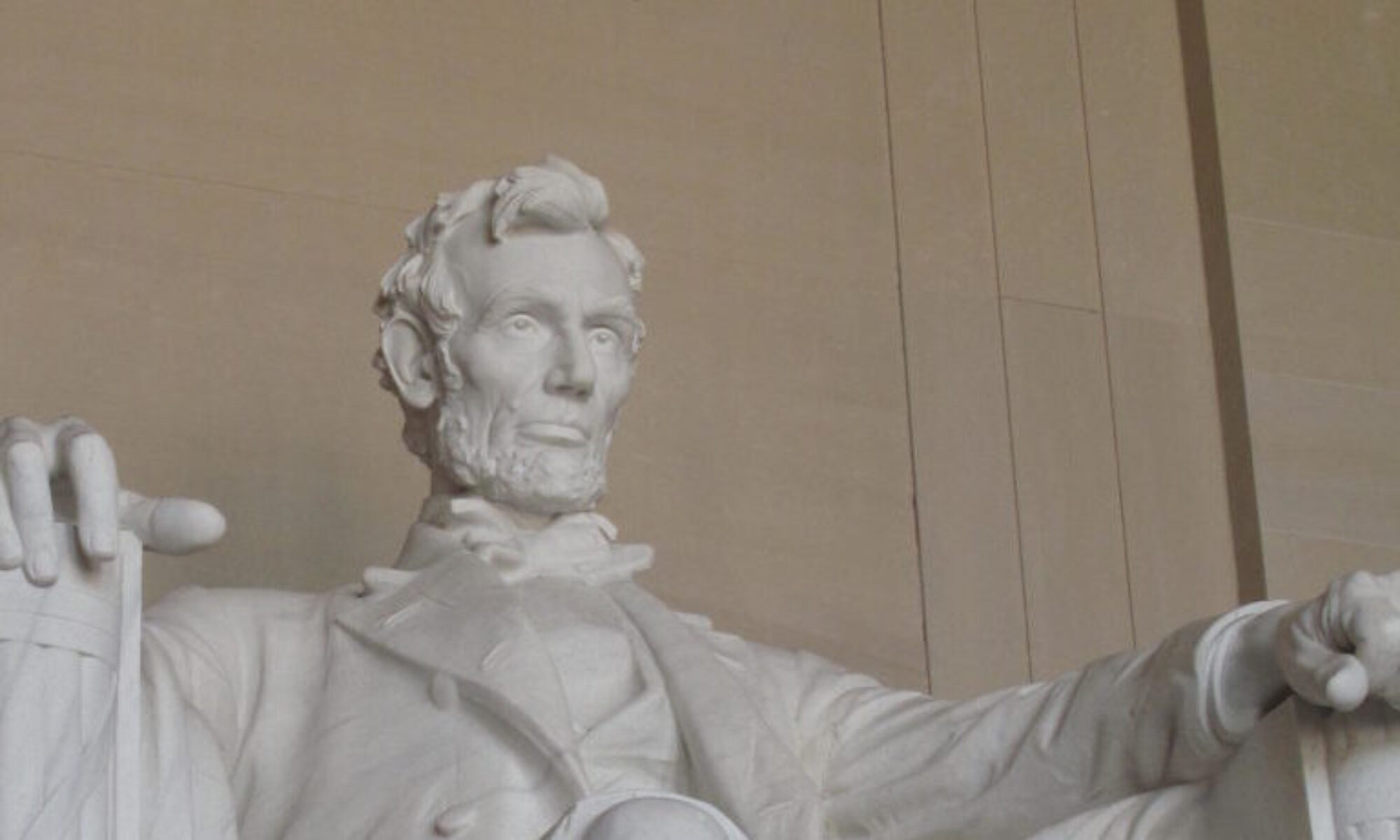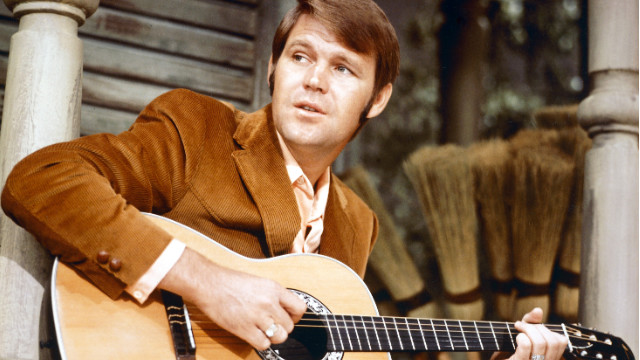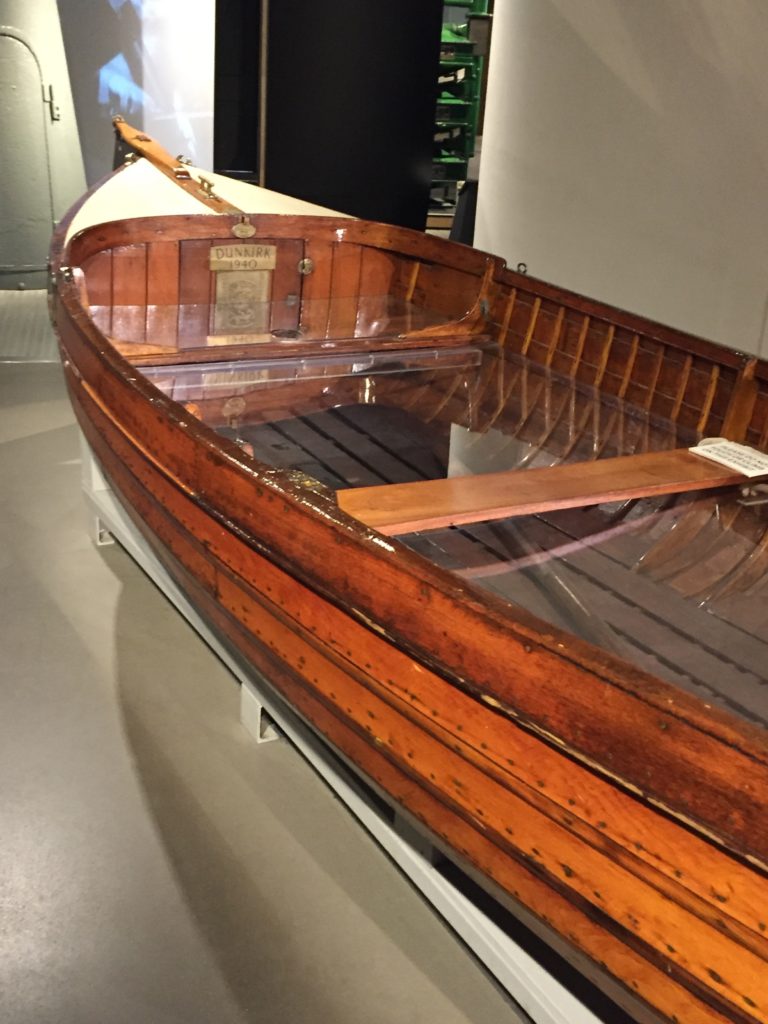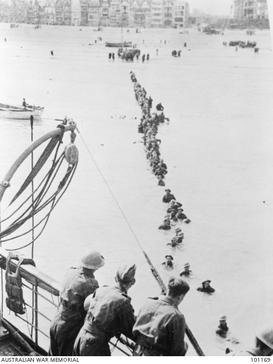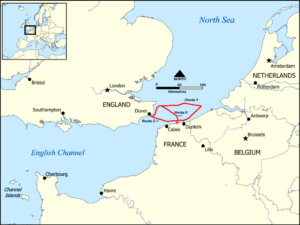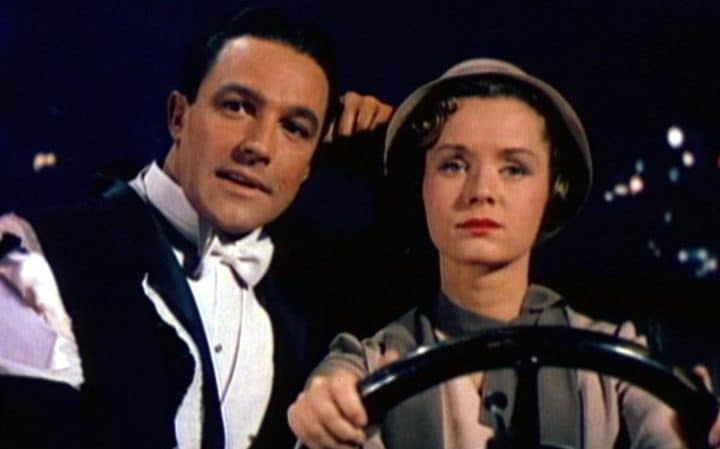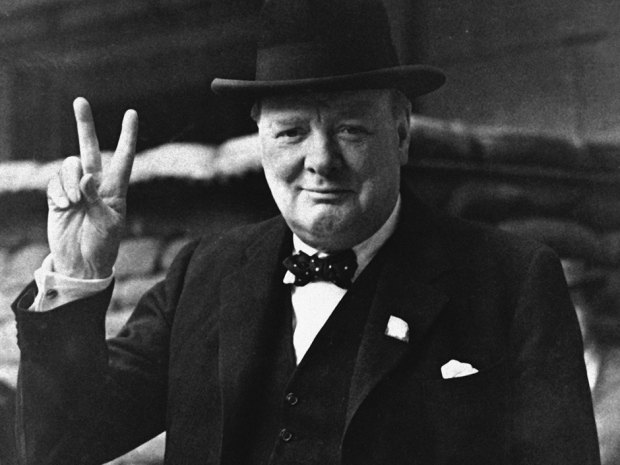
In the last six months, bookend movies have been produced that focus on a very tight window of time from May to June, 1940, when the United Kingdom, under enormous external threat, faced an existential crisis of leadership and free will. In a few short weeks, a dark reality presented with the spectacular collapse of its European democratic erstwhile ally France and its own military implosion on the continent as the German military machine split and cornered the whole of the British Expeditionary Force against the sea. The assumptions of an entire generation of British political elite, that the dictator Hitler could be placated, or if requiring confrontation, subdued by fixed continental defenses, cascaded in the space of a few short days from misplaced confidence to absolute panic. The French multi-million man army possessing superior firepower and internal lines of support, proved absent the critical will to absorb punishment, having exhausted its martial spirit in being bled white a generation earlier in the Great War conflagration. The British forces, assuming themselves to be the flanking hammer in the low countries, found themselves instead flanked by a superior German philosophy of combined assault of armored thrusts and air cover, that quickly drove a wedge between the mass of the French force and the British forces through the Abbeville gap to the sea at Calais. Flanked, then surrounded, the collapsing British fell against the beaches at Dunkirk, hundreds of thousands of British infantry trapped against the seawalls, awaiting the inevitable end , like fish in a barrel. The front line drama of this moment was captured in the summer 2017 movie, Dunkirk, and reviewed previously by Ramparts. The missing back story of Dunkirk, the unfolding of the impending disaster and the specific decisions of leadership as the German hegemon stood athwart Dunkirk poised to destroy British land defense capability, is the core of Darkest Hour.
The coupling of the two movies, Dunkirk and Darkest Hour, present at a curious time. Atypical for the inspiration of such period historical dramas, there is no identified anniversary of events or people that would lead one to assume the enthusiasm and funding for such movies. The events and the number of people who can physically remember them in actuality , is receding rapidly into the mists of time. With the distance from such memories and their implied heroism, progressively goes the sense of recognition and interest in the existential threat that faced the participants. The globalist modern western world has little time for the concepts of “Christian Civilization” and “martial spirit” that drove Churchill and the common people of the United Kingdom to even consider that a battle to the death would be preferable to subjugation beneath a Nazi philosophy of a master race. Modern globalists look aghast at the idea that an individual could reorder the tides of history through something as quant as personal will or loquacious inspiration. Modern tides are defined by horizons defined by events and movements, such as Global Warming, Intersectionality, and Social Justice. Individual freedom, the idea that one can determine one’s destiny in the face of such tides of history seems anachronistic.
The philosophical construct that great men can influence and direct outcomes in history found origin in the writings of Thomas Carlyle, a 19th century Scottish writer. Articulating the Great Man Theory, Carlyle surmised that certain individuals possessing exceptional charisma, insight and political will could actually shape historical events decisively. Such Heroes and Anti Heroes existed among men through time and predictably reassert individual impacts on historical forces. The American author Joseph Campbell, in Hero of a Thousand Faces developed the concept as a unifying multi-cultural archetype through history, the Hero of the monomyth:
In laying out the monomyth, Campbell describes a number of stages or steps along this journey. The hero starts in the ordinary world, and receives a call to enter an unusual world of strange powers and events (a call to adventure). If the hero accepts the call to enter this strange world, the hero must face tasks and trials (a road of trials), and may have to face these trials alone, or may have assistance. At its most intense, the hero must survive a severe challenge, often with help earned along the journey. If the hero survives, the hero may achieve a great gift (the goal or “boon”), which often results in the discovery of important self-knowledge. The hero must then decide whether to return with this boon (the return to the ordinary world), often facing challenges on the return journey. If the hero is successful in returning, the boon or gift may be used to improve the world (the application of the boon). (wikipedia)
Winston Churchill has been identified as such a hero of the monomyth, and the very idea that this flawed individual could rise above myth and possibly be the proof of a living, breathing example of the Great Man come to life has been the vortex of the battle of the two opposing views of history.
The movie Dunkirk, for all its spectacular cinematic scope, stands slightly empty in that the human element is entirely interchangeable against the massive overwhelming threat that is the unseen enemy. The forces and events that place the individual soldiers against the sea wall and lead others to try to save them are not developed beyond human suffering and the need to assuage such suffering. The context that would suggest fighting to survive against overwhelming odds for an uncertain future might be preferable to surrendering to the inevitable is barely developed.
Darkest Hour lives in a profoundly different cinematic universe. The central figure Winston Churchill is fully developed and the action scenes only implied. The movie coalesces around the forces of opposition to Churchill as he finds himself alone in a large sense of the movie, both figuratively and literally under attack from both internal and external forces. This movie monomyth finds himself swept up into the pinnacle of his career with, as suggested by the movie, nary a supporter other than his wife (even the American President Roosevelt throws him under the bus). This Churchill is at times doddering and seems doubtful of his physical and mental abilities to perform the task, and needs reinforcement from his wife, his secretary, his king, and ultimately directly the British people themselves. In actual events, Churchill had positioned himself at the crucible of moral strength through years of calling out the Conservative Party leadership for Britain’s lack of preparedness and correctly identifying the threat of Hitler while others appeased, and had sustained support from the opposition Labor party leaders who mistrusted any other Conservative leader to stand up to Hitler. Upon ascending to the Prime Ministership on May 10th,1940, Churchill astounded others with his incredible work ethic and energy, working long days and far into the night, taking multiple flights into the war zone to buck up the French leaders, seek multiple alternative plans to attempt to arrest the tide and ultimately save the forces stranded at Dunkirk.
The movie does however function on a higher level in showing the politician Churchill recognizing that people he needed to convince were not his immediate cabinet so much as the people beyond. The British people would be asked to sacrifice profoundly and needed to understand at their core what was at risk and what would be worthy of such sacrifice. This is of course the monomyth’s gift of self knowledge that the hero Churchill receives, and delivers to his people that all important gift in language that has rarely been replicated for immediate impact and gathered unity of purpose. In the gangway of the Commons, speech perched upon the red dispatch box of the Prime Minister, Churchill used his oratorical gifts time and time again to frame the daunting challenge and stakes through the spring, summer and fall of 1940 when Britain stood alone against the Nazi war machine. The actor Gary Oldman epically reveals the internal pressures Churchill no doubt sensed and his ability to rise to the occasion in magnificent prose and take the entire weight upon his shoulders. In the movie, the Viscount Halifax is quoted as saying after Churchill’s epic speech following Dunkirk, ” He has mobilized the language and sent it into battle”. Though the quote is actually Edward R Murrow’s regarding Churchill years later, it fits the drama of the moment better than any, and works in the movie.
Darkest Hour, flaws of content and dramatic license aside, speaks to assert the role of a hero figure to impose his will on history. This most world war of wars was obviously fought upon the sacrifice of untold millions to whom mere words held little solace. But World War II was also a profound realization of the Hero and the Anti-Hero, so clear cut that the goal of each opposing force was always to try to find a way to kill Churchill or Hitler , so pivotal to the forces of light and darkness respectively each represented. When the world is at its darkest, one looks for illumination and salvation at the most mythic levels. In a cinematic age of cartoon heroes , Darkest Hour gives us some insight on how real heroes find their way.
